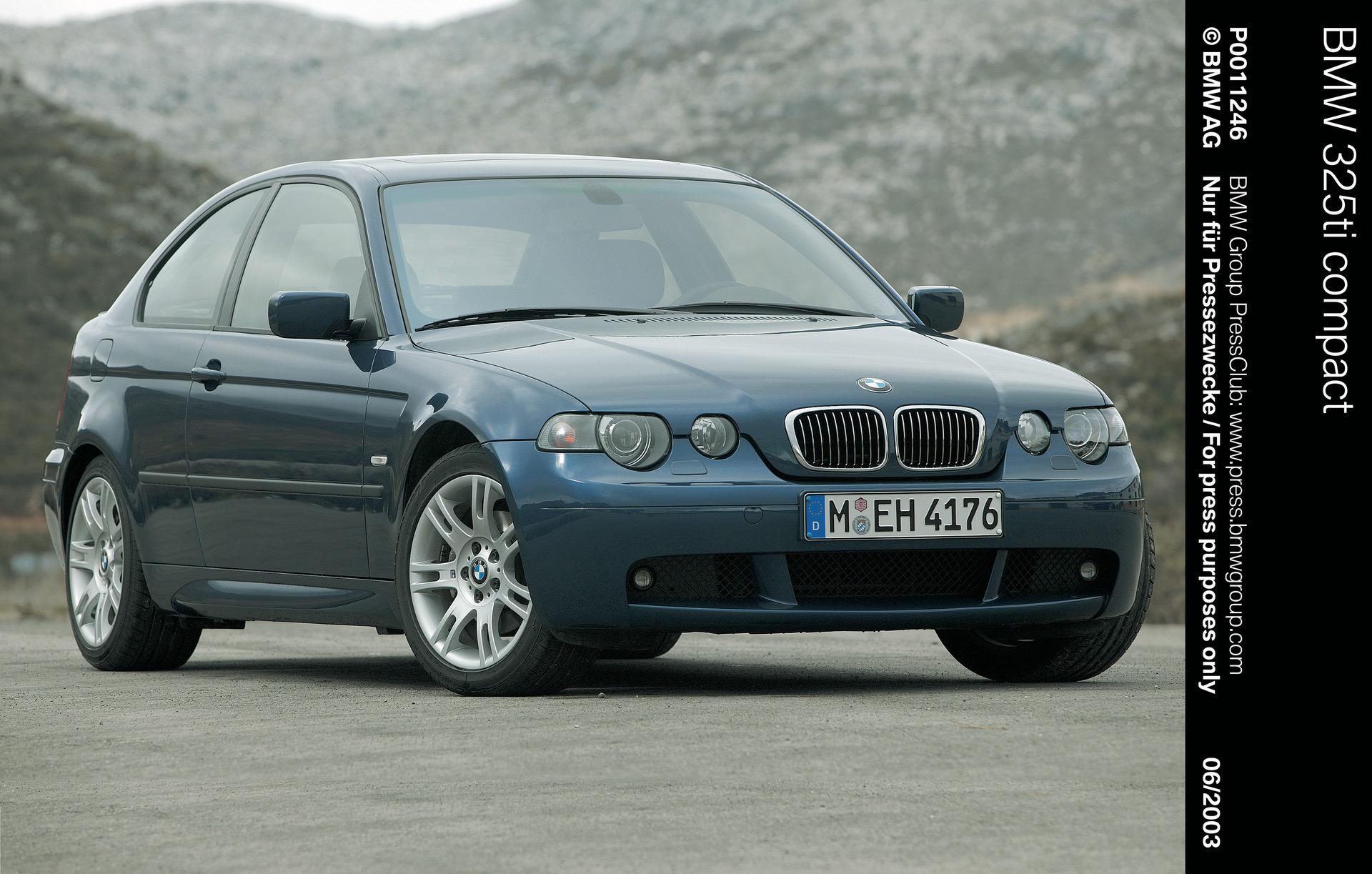Premium automakers have consistently attempted to bring in younger buyers at the lower end of the market. The idea is to get customers into the brand while their young so they can become a fan of the brand and continue to buy more expensive cars as they get older.
So brands like BMW, Mercedes-Benz and Audi have all offered less expensive, entry-level models to try and bring that younger buyer in, with varying degrees of success. In fact, for the most part, each brand’s cheapest cars have failed. So why do they keep doing it and is it still worth it?
This new video from CNBC walks us all through some of the history behind both BMW’s and Mercedes’ entry-level cars. For starters, we get to see the BMW 3 Series Compact, developed for the E36-generation. The little 3er Compact wasn’t a bad car but it certainly wasn’t up to the standards that BMW had established over decades.
So it wasn’t very loved and is actually commonly mocked by enthusiasts. Mercedes-Benz did something similar, with the C-Class Sport Coupe just a couple of years later. Again, it wasn’t bad at all, just not up to the famous standards of Mercedes-Benz.
Despite being offed at respectable prices, neither car sold particularly well. They were both sales duds, as customers didn’t fin them to be as premium or as good to drive as their more expensive counterparts.
Yet, that hasn’t scared off either brand, as they’re still pumping out small cars by the boatload. BMW now has the 2 Series Gran Coupe and Mercedes-Benz has an A-Class sedan. So it seems that making these cars is worth the risk, as the potential of bringing in new buyers to the brand is enough to counteract the risk involved.
It’s an interesting video so check it out and learn a bit about the German car industry in America.





































































